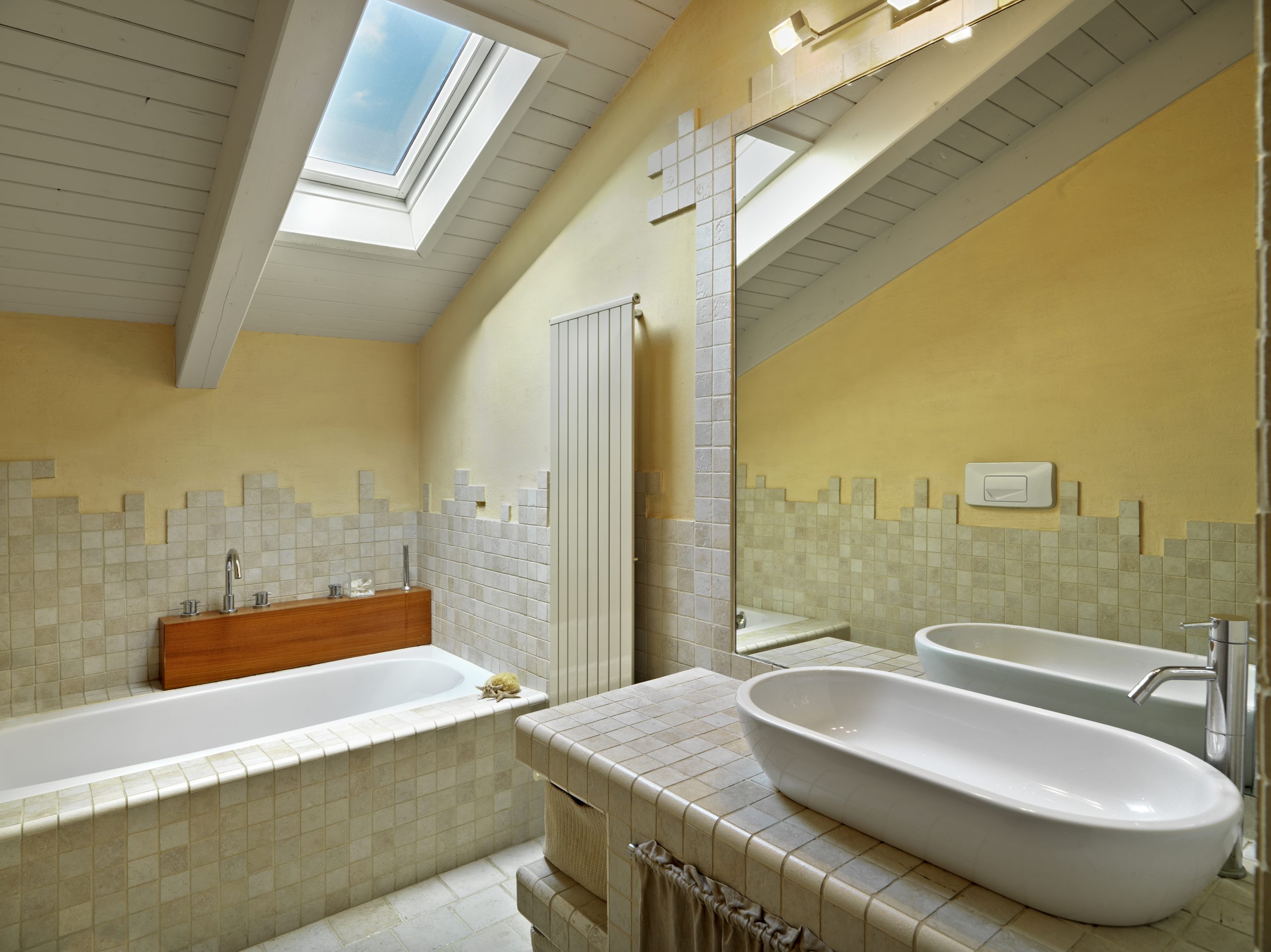When refinishing and remodeling processes are being developed, sometimes we have to change other things besides the tiles, cabinets, etc. For instance, the type of flooring or the lights in the ceiling, and there are thousands of options available to make your new home uniquely yours. One area often overlooked during the process of selecting finishes or planning for fixtures is the ceiling. Keeping the following available options in mind when planning your new home can set it apart from the crowd.
Increased Ceiling Height – Simply raising the ceiling height to 9 feet over the traditional 8-foot finish can change the feel of the room and perception of size dramatically. Even mid-range mobile home manufacturers have recently started offering this as an option on some of their models for a modest upgrade cost.
Cathedral Ceilings – A cathedral ceiling is a ceiling that has a center point higher than the walls. This is the most common type of upgrade to ceiling structure and goes a long way to increasing the overall perception of room size.
Vaulted Ceilings – A vaulted ceiling has one wall of the room taller than the opposing wall. The ceiling slants down to the lowest wall again giving the impression or illusion that the room is larger than it is really is due to the increased volume. If planned correctly, it is an often inexpensive way to upgrade your home during the building process. In many cases, this upgrade is little more than selecting the correct type of ceiling trusses.
Coffered Ceilings – One of my favorites, coffered ceilings come in numerous styles and finishes from rich hardwoods to simple painted drywall surfaces. The box-like structure can be very expensive based on the type of finish selected. Homebuilders have recently begun to use a variation of coffered ceilings in some areas of the home to highlight light fixtures in areas such as the dining room. If your home has the ceiling height to work with there are do-it-yourself kits available that are relatively easy to install. A handy person could build out a coffered looking ceiling using ordinary lumber and sheetrock with spectacular end results that can still get that ‘wow’ from someone entering the room.
Cove Ceilings – Often found in homes from the early 1900s these types of ceilings while providing a classic and luxurious look are not nearly as difficult to create as would first appear. The quarter-circle curve is usually accented with crown molding where it meets the wall providing a uniquely Victorian look. This look is best when the ceiling has a minimum height of 10 feet to provide a large enough radius for the transition from ceiling to wall.
Final Finish – The final finish can make a big difference in the look of your home and is something a do-it-yourself can change in an existing home. Removing an old acoustic ceiling or spraying a modern texture such as knock-down in its place, or in the place of having a flat finish might be just the upgrade you are looking for in your home.
These are not your only options available, but hopefully, they have served as a reminder that when building your new home there is more to planning out your ceilings than selecting “white” or “off-white” for your paint color.
For these, and many other tips and services, you can always count on New Refinishing.
For more information contact us
![]()

